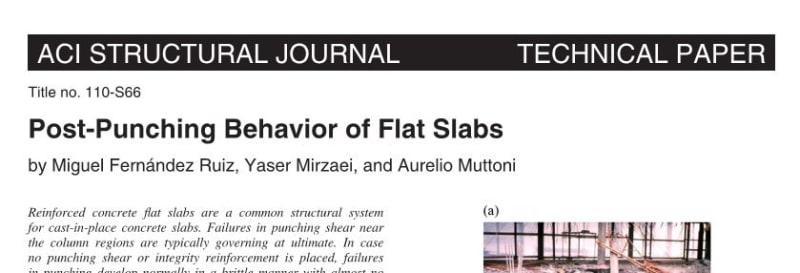nitin36537
Civil/Environmental
Dear All
We are designing a foundation having two RCC slab as per BS 8110.
Three layer of rebars provided. Refer attached PDF file
As per BS 8110 , for calculating punching shear capacity we have to consider % tensile reinforcement.
Critical section for punching shear is at a distance of 1.5 d from column face (section A-A). As per slab dimensions , only bottom slab having depth d2 is effective for resisting punching shear.
Steel Ast1 & Ast2 both are in tension zone.( top & bottom bars of bottom slab )
effective Depth = d2 - cover
% tensile steel = 100* ( Ast1 + Ast2) / ( B *effective Depth)
Considering Ast1 + Ast2 for calculating % tensile steel is correct approach ?
Thanks
Nitin Patel
We are designing a foundation having two RCC slab as per BS 8110.
Three layer of rebars provided. Refer attached PDF file
As per BS 8110 , for calculating punching shear capacity we have to consider % tensile reinforcement.
Critical section for punching shear is at a distance of 1.5 d from column face (section A-A). As per slab dimensions , only bottom slab having depth d2 is effective for resisting punching shear.
Steel Ast1 & Ast2 both are in tension zone.( top & bottom bars of bottom slab )
effective Depth = d2 - cover
% tensile steel = 100* ( Ast1 + Ast2) / ( B *effective Depth)
Considering Ast1 + Ast2 for calculating % tensile steel is correct approach ?
Thanks
Nitin Patel

